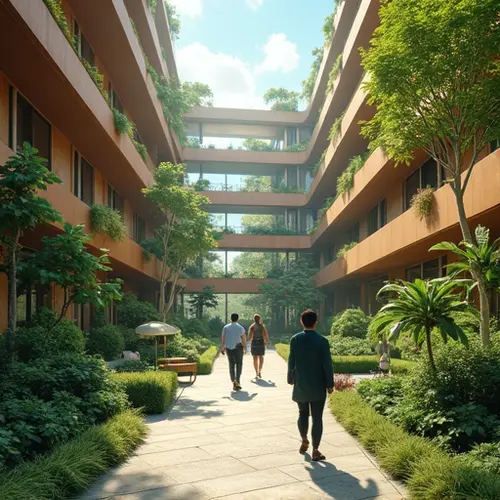
Biophilic Design: Why Nature in Architecture Matters
In 2025, biophilic design continues to revolutionize the way we think about architecture and interior spaces. This innovative approach integrates natural elements into built environments, fostering a deeper connection between humans and nature. The benefits are manifold, ranging from improved mental health to enhanced sustainability.
The Essence of Biophilic Design
Biophilic design is rooted in the biophilia hypothesis, which suggests that humans have an innate need to connect with nature. This concept, popularized by biologist Edward O. Wilson, has inspired architects and designers to incorporate natural light, greenery, and organic materials into buildings. The result? Spaces that not only look beautiful but also promote well-being.
Mental Health and Sustainability
Studies show that biophilic design can reduce stress, boost productivity, and improve air quality. For instance, green walls and indoor gardens purify the air while providing a calming visual element. Sustainable materials like reclaimed wood and bamboo further enhance the eco-friendly appeal of these spaces.
Trends in 2025
This year, expect to see more buildings with large windows for natural light, rooftop gardens, and water features. The integration of technology, such as smart lighting that mimics natural daylight, is also on the rise. These trends reflect a growing awareness of the need for harmony between urban living and the natural world.
For more insights, visit SampleBoard.

 Nederlands
Nederlands
 English
English
 French
French
 Deutsch
Deutsch
 Espaniol
Espaniol
 Portugese
Portugese



